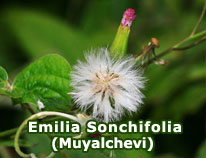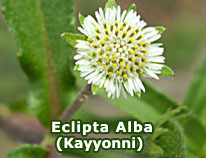Banyan (Ficus bengalensis) -Trees of India
March 24th, 2007 | admin
Banyan (Ficus bengalensis) is a sacred tree for Hindus of India.
Learning more about the tree is very intriguing and fascinating. The tree produces a fruit the size of an Indian gooseberry, which has thousands of seeds. That is the seeds are the size of tiny granules. The tree starts its life on another tree, where the ficus depends on the host tree for support, nutrition and sunlight. It eventually takes over the host tree, literally squeezing the host tree to extinction.
The branches produce auxillary roots, which reach the ground, become a pillar like support to the tree. This continues exponentially and a single tree will spreads to around a whole area, resembling a small forest.
The biggest of Banyan (peral in Malayalam and Bo in Sinhalese) can be located at Sri Lanka, south of India. This particular banyan tree has 350 large auxiliary trunks and 3,000 small ones. Another one (named Pillala Marri), aged above 700 years is also located at Manhub Nagar, 100 km from Hyderabad, Andhra Pradesh in India. The tree covers an area of 3 acres.
The canopy also gives good shade. The shade of a banyan tree is usually the meeting ground for merchants. Banyan, in Gujarati (the language of Indian state, Gujarat) means a merchant. Village meetings too are held below this tree.
It is believed that the tree can absorb lightning and protect those below it. The leaves also are thought to give out freshest oxygen, especially in the morning.
The bark of the tree, especially from the auxiliary trunks is used in some Ayurvedic medicines.














 Loading ...
Loading ...





